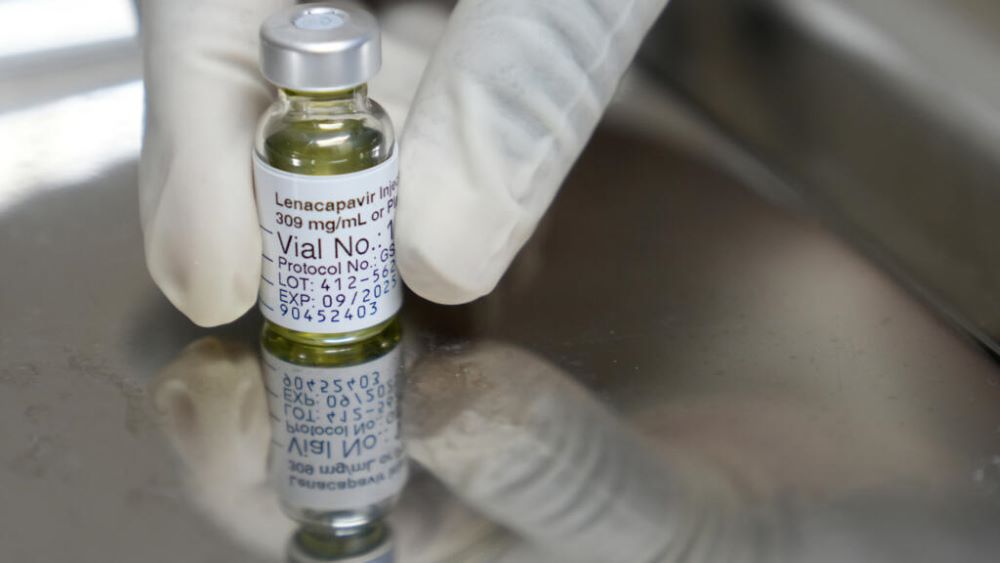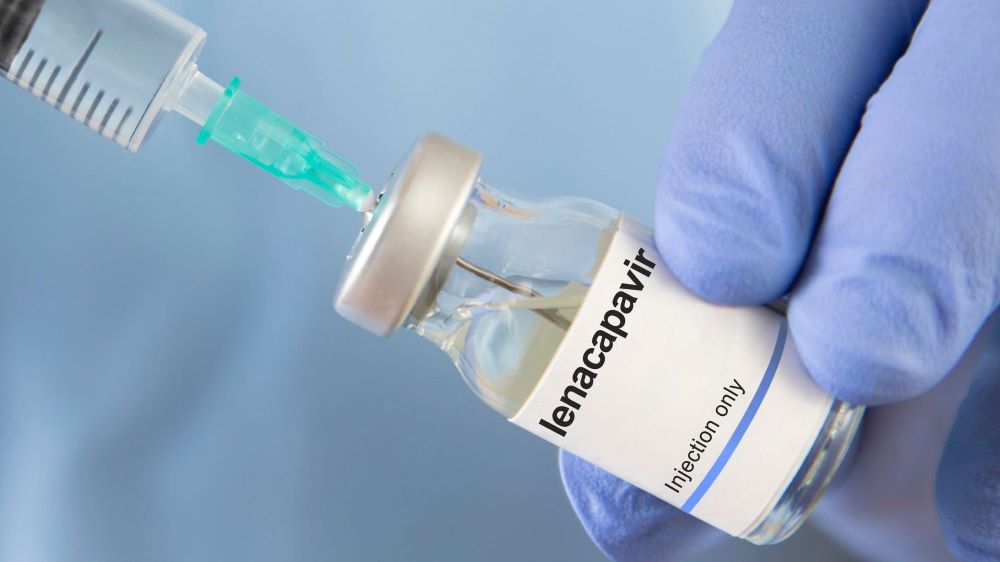When Rwanda’s Minister of Health, Dr. Sabin Nsanzimana, announced that a groundbreaking HIV prevention drug, lenacapavir, would be made available in low- and middle-income countries at just $40 per patient per year, the news reverberated far beyond Kigali.
The statement, made while the Minister was attending the United Nations General Assembly (UNGA) in New York, underscores Rwanda’s growing voice in shaping the global health policy.
“This is a big step for HIV prevention,” Dr. Nsanzimana noted, emphasizing Rwanda’s commitment to ensuring equitable access to life-saving innovations.
For a country that has already achieved global recognition in HIV treatment and control, the arrival of lenacapavir offers not only hope but also a new chapter in Rwanda’s fight to end AIDS as a public health threat.
What Is Lenacapavir?
Lenacapavir is a long-acting injectable antiretroviral drug designed for HIV prevention. Unlike oral pre-exposure prophylaxis (PrEP), which requires daily adherence, lenacapavir is administered only twice a year, one injection every six months.
In clinical trials conducted across diverse populations, lenacapavir demonstrated near 100% protection against HIV infection. Among cisgender women in Africa, for example, no new infections were reported in participants receiving the injection. Similar outcomes were seen in studies among men who have sex with men and transgender people.
The science behind lenacapavir is equally groundbreaking. By targeting the HIV capsid, the drug disrupts multiple stages of the virus’s life cycle. This mechanism also minimizes cross-resistance with existing antiretroviral therapies, making it highly effective even in regions with high levels of drug resistance.
Why the $40 price tag matters
In high-income countries, brand-name lenacapavir can cost tens of thousands of dollars annually, far out of reach for most patients in Africa. The new deal, announced in partnership with global health organizations such as Unitaid, the Clinton Health Access Initiative (CHAI), and Wits RHI, changes that dynamic.
Through voluntary licensing agreements with Gilead Sciences, six generic manufacturers are now authorized to produce lenacapavir for use in 120 low- and middle-income countries.
The result is a landmark agreement with Indian manufacturer Dr. Reddy’s Laboratories to supply the injection at $40 per person per year, beginning in 2027 pending regulatory approval.
Global health advocates have hailed this move as a model for equitable access. “We cannot end AIDS without ensuring that the most effective tools are affordable to the people who need them most,” Unitaid said in a statement.

Rwanda’s leadership in HIV response
Rwanda has long been celebrated for its proactive and innovative approach to HIV treatment and prevention. The country was among the first in Africa to achieve the UNAIDS 95-95-95 targets, meaning that 95% of people living with HIV know their status, 95% of those are on treatment, and 95% of those on treatment have suppressed viral loads.
The impact is tangible as the country has seen an 82% reduction in new HIV infections and an 86% reduction in AIDS-related deaths in recent years.
For Dr. Nsanzimana and his team, integrating lenacapavir into the country’s prevention toolkit is a natural next step. “Our focus has always been on equity. No Rwandan should be left behind in accessing the most effective health technologies,” he has said in previous interviews.
By voicing Rwanda’s support for affordable lenacapavir at the UN General Assembly, Nsanzimana also situates Rwanda within a broader global conversation about health equity, innovation, and the role of developing nations in shaping solutions.
Global implications
Lenacapavir’s arrival at an affordable price point could dramatically alter the course of the HIV epidemic worldwide, particularly in sub-Saharan Africa, where nearly 60% of new infections occur.
Modeling studies suggest that if even a small fraction of people at risk of HIV switch to lenacapavir, millions of new infections could be prevented over the next decade. Its twice-yearly dosing schedule also addresses long-standing challenges with daily PrEP, including adherence, stigma, and accessibility.
“This drug is essentially the closest we have come to an HIV vaccine. It has the potential to transform prevention,” said a UNAIDS spokesperson.
Challenges ahead
Despite the optimism, significant hurdles remain, such as the fact that generic versions will only be available once approved by stringent regulatory authorities and the World Health Organization (WHO). The timeline points to 2027 as the likely starting point for widespread distribution.
The healthcare infrastructure is also on test as delivering twice-yearly injections requires robust clinic systems, trained providers, and supply chain readiness, areas that will need strengthening in many countries.
Ironically, while 120 low- and middle-income countries are covered, some middle-income countries with high HIV burdens are excluded from the licensing deal, raising concerns about access gaps.
There is also a resistance risk whereby proper screening will be essential to avoid giving lenacapavir to individuals already infected but undiagnosed, which could lead to drug resistance.
In terms of financing, even at $40 per year, governments and donors must commit sustainable funding to ensure nationwide rollouts.

The road ahead for Rwanda
For Rwanda, the next steps include preparing regulatory pathways, mobilizing funding, and strengthening delivery infrastructure to integrate lenacapavir into existing HIV programs. Community engagement will also be critical to ensure acceptance and uptake.
Civil society leaders are already optimistic. “We have seen Rwanda lead in HIV treatment. With lenacapavir, the country has a chance to lead once again in prevention,” said a Kigali-based activist.
As the world pushes toward the UNAIDS goal of ending AIDS as a public health threat by 2030, innovations like lenacapavir offer renewed hope. Rwanda’s early embrace of this breakthrough reflects its long-standing health leadership and commitment to equity.
The promise of a twice-yearly, nearly 100% effective HIV prevention tool at an affordable price is nothing short of revolutionary.
If global leaders, funders, and communities rise to the challenge of implementation, Dr. Nsanzimana’s message from New York could mark the beginning of the end of one of the world’s most devastating epidemics.
